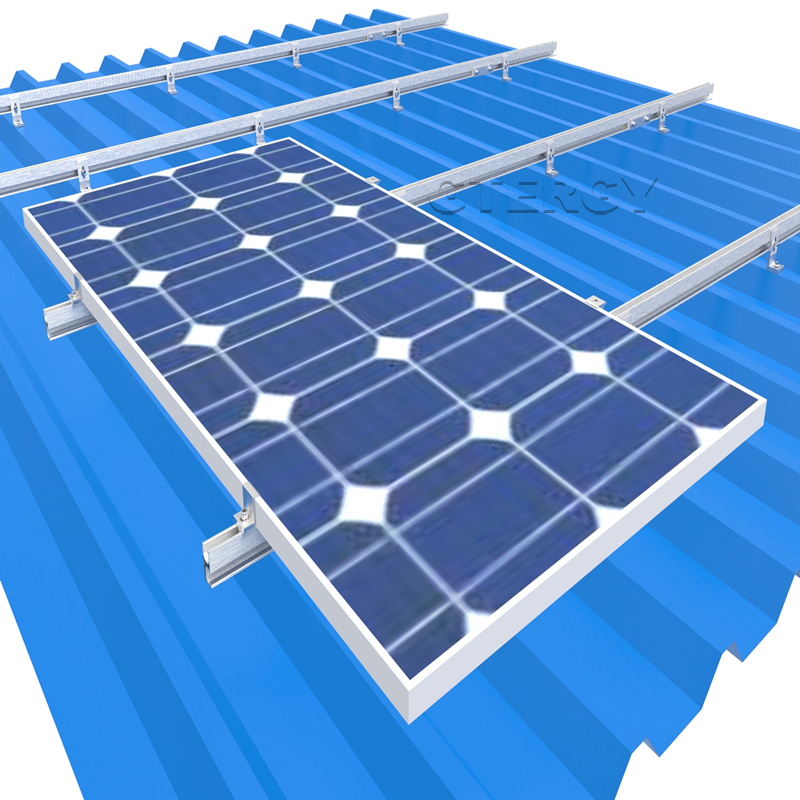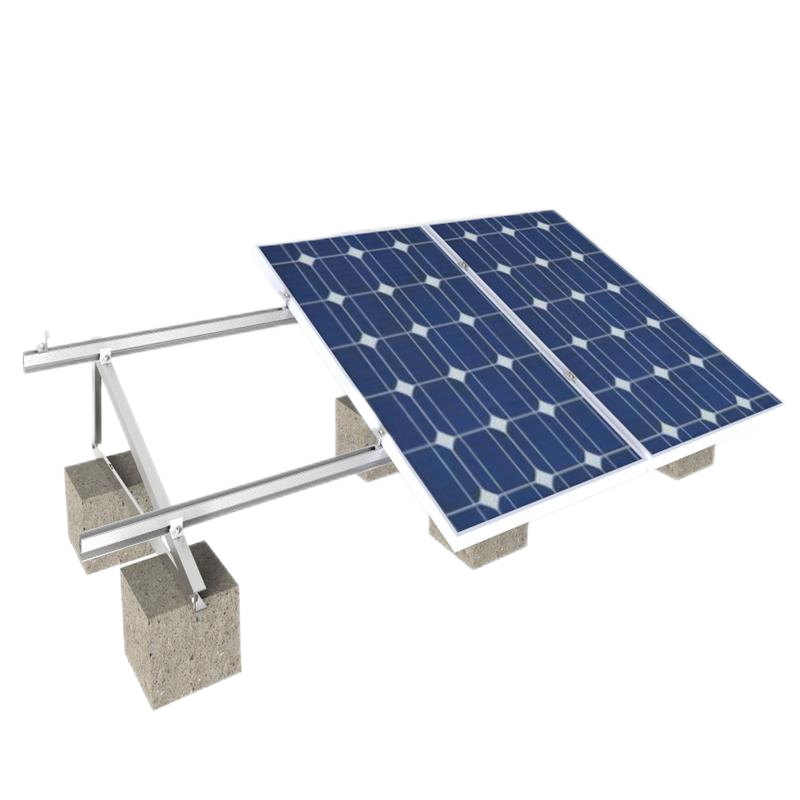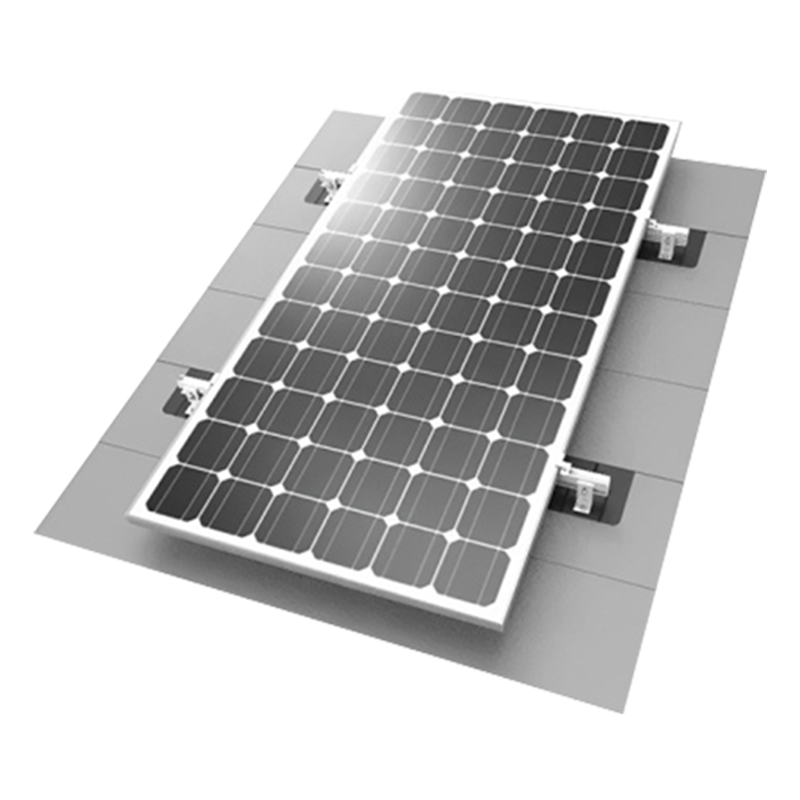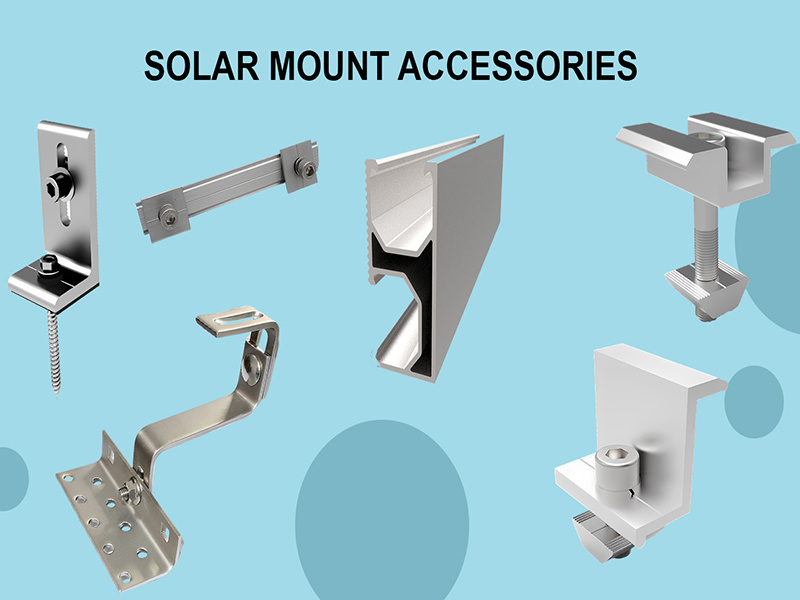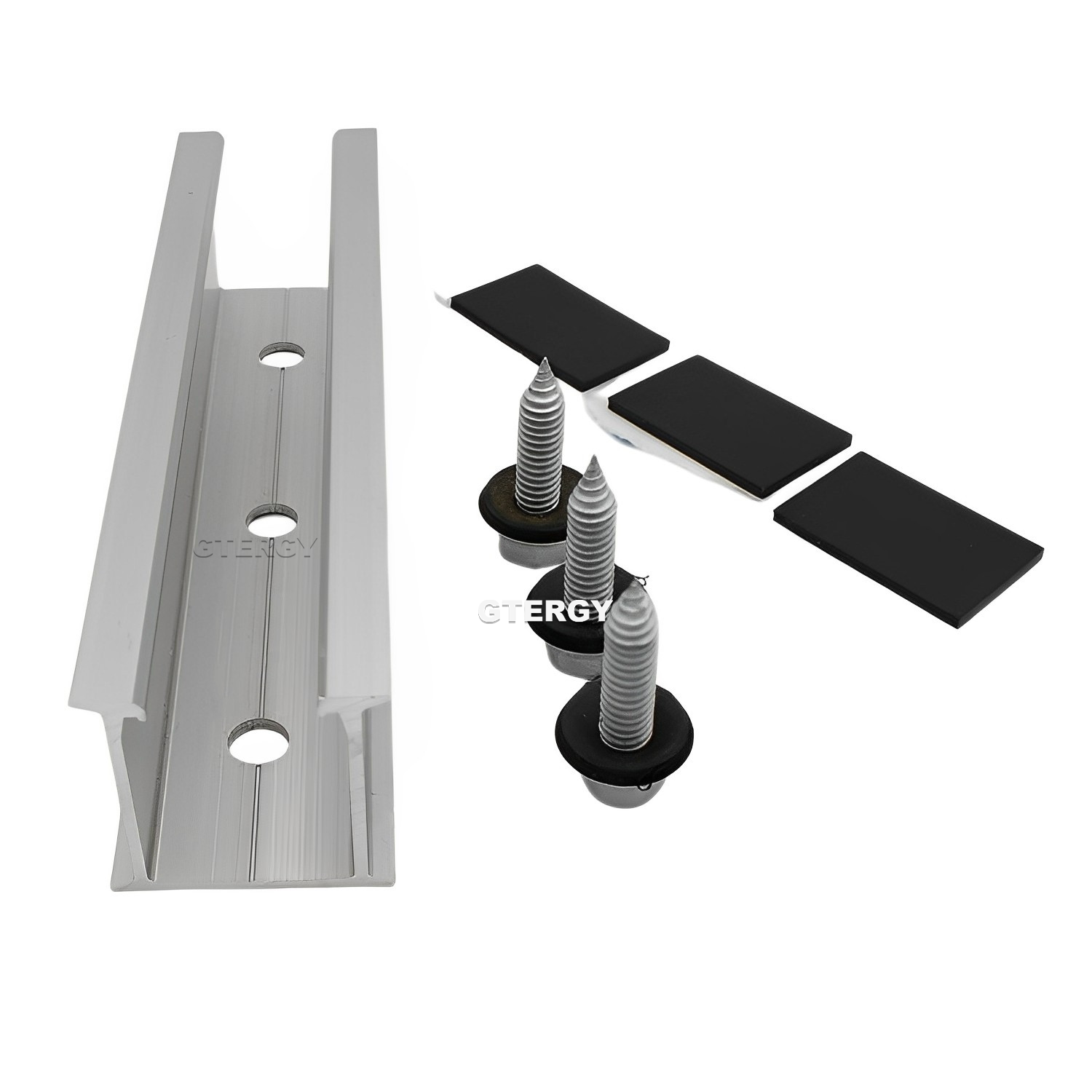Enhancing Solar Efficiency: Understanding Solar Roof Rails
2025-06-28
Solar roof rails are integral components in the field of solar energy, particularly when it comes to the mounting and installation of solar panels on rooftops. These rails serve as a sturdy framework that securely holds solar panels in place, ensuring their optimal positioning for maximum sunlight exposure. By understanding the role of solar roof rails, we can appreciate how they contribute to the overall efficiency of a solar energy system.
One of the primary functions of solar roof rails is to provide a stable and reliable base for solar panel mounting. The rails are designed to withstand various weather conditions, including high winds and heavy snowfall, which can impact the performance of solar panels if not properly secured. This stability is crucial, as even slight misalignments can lead to reduced energy output. Therefore, investing in high-quality solar roof rails is essential for achieving the desired energy efficiency from solar installations.
Additionally, solar roof rails facilitate the installation process. They are designed to be compatible with a wide range of solar panels and roofing types, making them versatile for different projects. This adaptability allows installers to customize their solar panel layouts according to the specific needs and dimensions of the roof, ultimately optimizing the solar energy capture. Moreover, the use of solar roof rails can simplify maintenance, as panels can be easily accessed for cleaning and inspections without complicated disassembly.
Another important aspect to consider is the material of the solar roof rails. Typically made from durable materials like aluminum or galvanized steel, these rails are engineered to resist corrosion and degradation over time. This longevity is crucial in maximizing the lifespan of the solar installation, as it minimizes the need for frequent replacements or repairs. Therefore, choosing the right material is a key factor in ensuring the enduring performance of solar roof rails.
Furthermore, proper installation techniques are vital for the effectiveness of solar roof rails. Installers must adhere to manufacturer guidelines and local building codes to ensure that the rails are mounted securely and at the appropriate angles. This attention to detail is essential for avoiding complications that could arise from improper installation, such as leaks or structural damage.
In conclusion, solar roof rails are a fundamental component of any successful solar energy system. They provide stability, facilitate efficient installation, and enhance the longevity of solar panels. Understanding the significance of these rails allows both customers and installers to make informed decisions that will lead to increased energy efficiency and long-term satisfaction with solar installations. By prioritizing quality and proper installation practices, users can maximize their investment in renewable energy.
One of the primary functions of solar roof rails is to provide a stable and reliable base for solar panel mounting. The rails are designed to withstand various weather conditions, including high winds and heavy snowfall, which can impact the performance of solar panels if not properly secured. This stability is crucial, as even slight misalignments can lead to reduced energy output. Therefore, investing in high-quality solar roof rails is essential for achieving the desired energy efficiency from solar installations.
Additionally, solar roof rails facilitate the installation process. They are designed to be compatible with a wide range of solar panels and roofing types, making them versatile for different projects. This adaptability allows installers to customize their solar panel layouts according to the specific needs and dimensions of the roof, ultimately optimizing the solar energy capture. Moreover, the use of solar roof rails can simplify maintenance, as panels can be easily accessed for cleaning and inspections without complicated disassembly.
Another important aspect to consider is the material of the solar roof rails. Typically made from durable materials like aluminum or galvanized steel, these rails are engineered to resist corrosion and degradation over time. This longevity is crucial in maximizing the lifespan of the solar installation, as it minimizes the need for frequent replacements or repairs. Therefore, choosing the right material is a key factor in ensuring the enduring performance of solar roof rails.
Furthermore, proper installation techniques are vital for the effectiveness of solar roof rails. Installers must adhere to manufacturer guidelines and local building codes to ensure that the rails are mounted securely and at the appropriate angles. This attention to detail is essential for avoiding complications that could arise from improper installation, such as leaks or structural damage.
In conclusion, solar roof rails are a fundamental component of any successful solar energy system. They provide stability, facilitate efficient installation, and enhance the longevity of solar panels. Understanding the significance of these rails allows both customers and installers to make informed decisions that will lead to increased energy efficiency and long-term satisfaction with solar installations. By prioritizing quality and proper installation practices, users can maximize their investment in renewable energy.
Related Information



